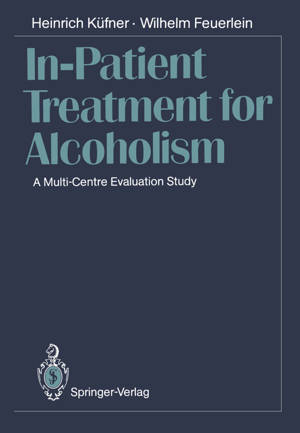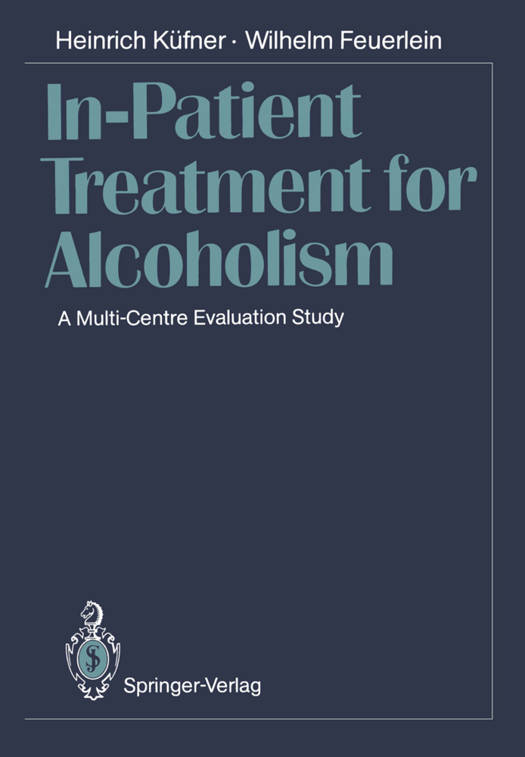
- Afhalen na 1 uur in een winkel met voorraad
- Gratis thuislevering in België vanaf € 30
- Ruim aanbod met 7 miljoen producten
- Afhalen na 1 uur in een winkel met voorraad
- Gratis thuislevering in België vanaf € 30
- Ruim aanbod met 7 miljoen producten
In-Patient Treatment for Alcoholism
A Multi-Centre Evaluation Study
Heinrich Küfner, Wilhelm Feuerlein
Paperback | Engels
€ 134,95
+ 269 punten
Omschrijving
In-patient treatment for alcoholism going beyond physical withdrawal from the drug has been available in Germany for more than 130 years. Particularly since the Second World War, treatment has broadened and changed in various ways. There are several reasons for this development. The recognition of alcoholism as a disease by the Supreme Court had widespread financial and administrative consequences. Since then in- patient treatment has been funded mainly by the pension insurance institutions. Another reason is the strengthened influence of different psychotherapeutic schools on practice in treatment. At the present time in the Federal Republic of Germany there are about 250 treatment facilities (Suchtfachkliniken, or addiction centres), where around 25000 patients a year receive in-patient treatment. In addition to these, there are the addiction units in psychiatric and general hospitals, of which some offer withdrawal treatment, while others also offer rehabilit- ation treatment. For out-patient treatment there are about 450 special addiction counselling and treatment centres, out-patient facilities available at local health authorities and university hospitals and, further to all this, there are thousands of self-help groups of various kinds. This system of interlocking treatment facilities of various kinds, from the first contact to the after-care stage, is called a treatment network or chain.
Specificaties
Betrokkenen
- Auteur(s):
- Vertaler(s):
- Uitgeverij:
Inhoud
- Aantal bladzijden:
- 381
- Taal:
- Engels
Eigenschappen
- Productcode (EAN):
- 9783642743900
- Verschijningsdatum:
- 16/12/2011
- Uitvoering:
- Paperback
- Formaat:
- Trade paperback (VS)
- Afmetingen:
- 170 mm x 244 mm
- Gewicht:
- 635 g

Alleen bij Standaard Boekhandel
+ 269 punten op je klantenkaart van Standaard Boekhandel
Beoordelingen
We publiceren alleen reviews die voldoen aan de voorwaarden voor reviews. Bekijk onze voorwaarden voor reviews.









